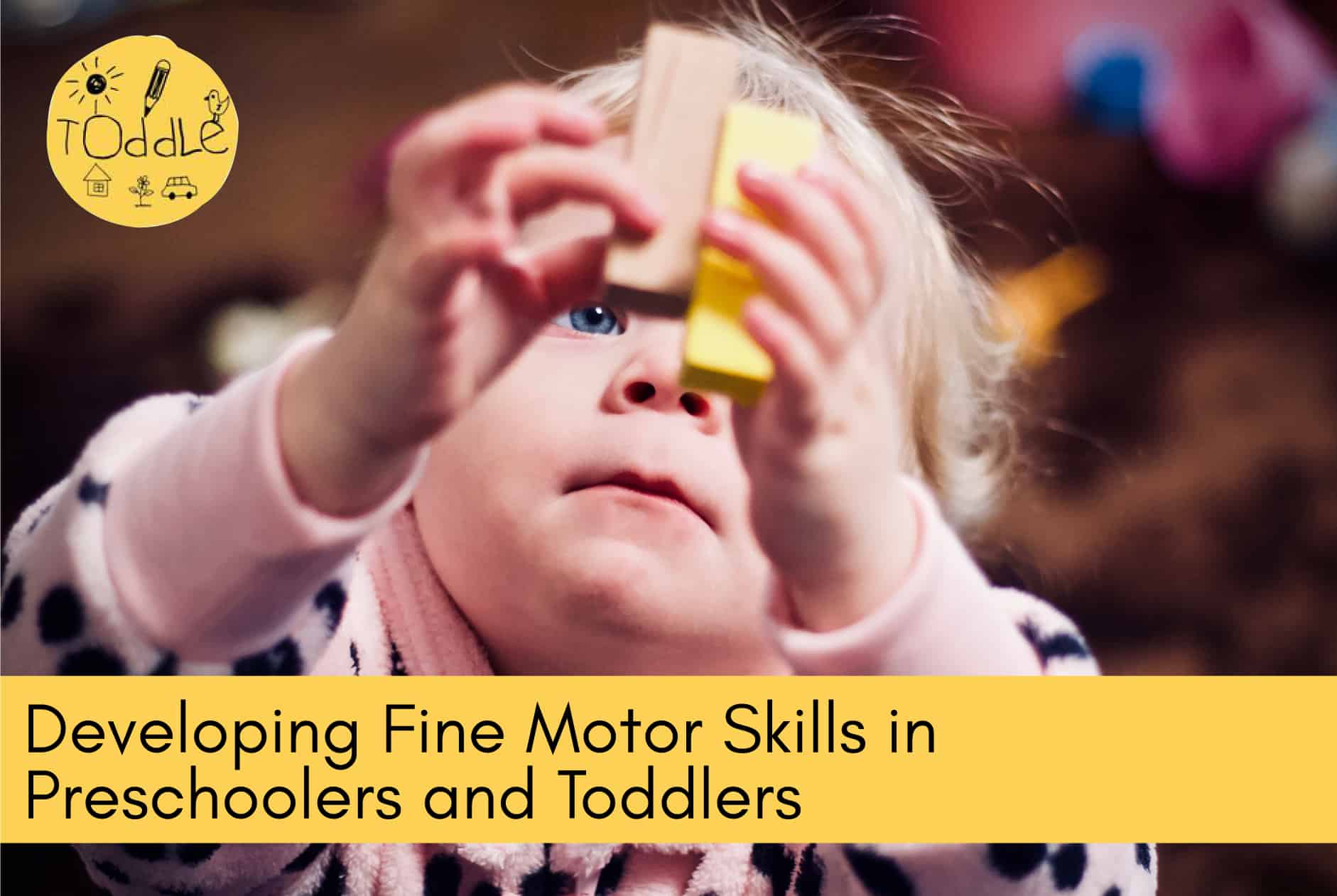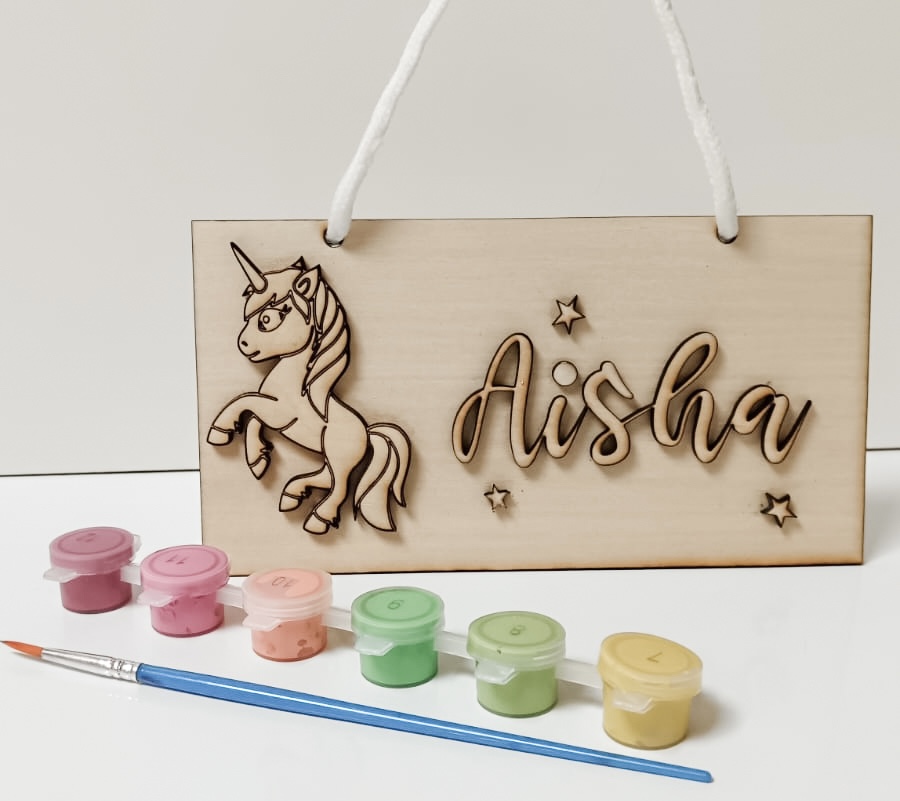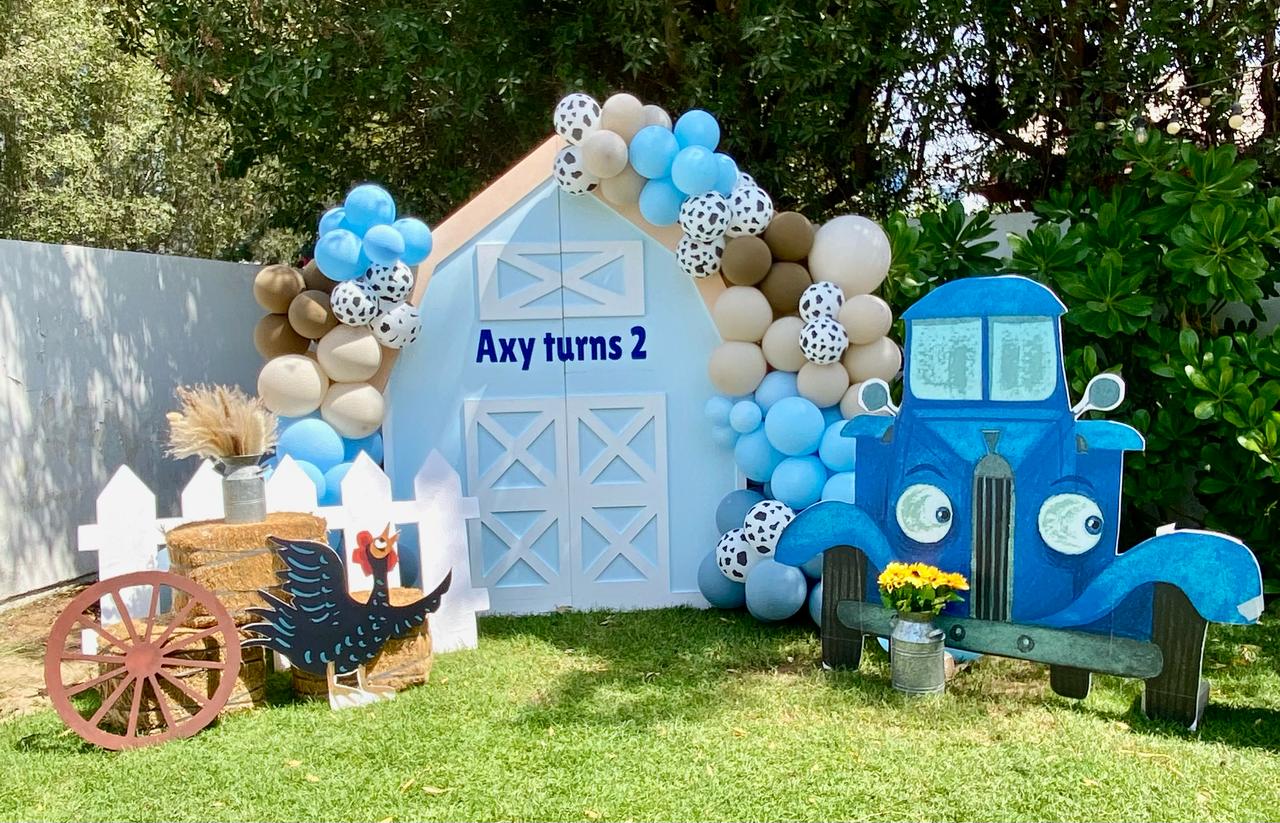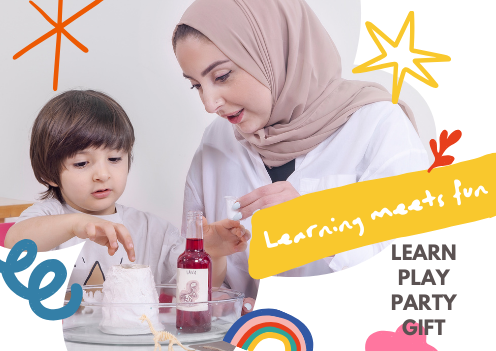No products in the cart.
Return To ShopDeveloping Fine Motor Skills in Preschoolers and Toddlers
To you, it’s just furniture.
But to a baby, it’s a challenge.
Now, you would not be wrong in asking – “but, what does my coffee table really do?”
Well, depending on the space between the couch and a coffee table – it could be the first distance a child wants to cross or the first object your child wants to climb.
So, while you may find standard household objects like a sofa to a pencil merely ‘stuff’ lying around your house – if you look at it another way, your house is filled with little milestones of progress indicating the various stages of your child’s development.
In this article, we are going to cover the development of fine motor skills in preschoolers and toddlers including what are fine motor skills, why they are important and the different stages of fine motor skill development.
What are Fine Motor Skills?
Fine motor skills are a group of movements controlled by small muscles, typically used to manipulate objects (As opposed to Gross motor skills which refer to larger muscle groups that help us move our bodies around space and both types of movement play an important role in how children learn and develop).
Humans begin demonstrating these skills in infancy when we learn to grasp our parents’ fingers and, later, toys. We continue developing them during the toddler to school-age years, which are such a critical time for physical and cognitive growth.
Why is paying attention to and development of Fine Motor Skills in your child important?
Whether your child is working on kindergarten readiness skills or is already in school, tasks requiring fine motor skills can often present difficulties. While many children don’t have trouble with gross motor skills such as running or jumping, fine motor skills require more control and more precise movements of smaller muscles.
Benefits of paying attention to and developing fine motor skills in your children range from improving hand-eye coordination, improved dexterity to children becoming more independent and confident.
Developmental Milestones of Fine Motor Skills
You can encourage your child’s fine motor skills through activities and play that’s appropriate for her stage of development. All of it, whether it’s being able to move a toy block or pick up a small piece of food off a plate, serve as building blocks for eventually being able to handle more complex actions like writing or buttoning a shirt.
According to the Buffalo Hearing and Speech Center, a comprehensive list of milestones your child may reach various ages is listed below.
0-6 months
- Reflexive grasp (at birth)
- Global ineffective reach for objects (3 months)
- Voluntary grasp (3 months)
- 2 handed palmar grasp (3 months)
- 1 handed palmar grasp (5 months)
- Controlled reach (6 months)
6-12 months
- Reaches, grasps, puts an object in the mouth
- Controlled release of objects
- Pincer grasp
- Picks things up with a pincer grasp (thumb and one finger)
- Transfers object from one hand to the other
- Drops and picks up a toy
1-2 years
- Builds tower of three small blocks
- Puts four rings on a stick
- Places five pegs in a pegboard
- Turns pages two or three at a time
- Scribbles
- Turns knobs
- Paints with whole arm movement, shifts hands, makes strokes
- Self-feeds with minimal assistance
- Able to use signing to communicate
- Brings spoon to mouth
- Holds and drinks from a cup independently
2-3 years
- Strings four large beads
- Turns single pages
- Snips with scissors
- Holds crayon with thumb and fingers (not fist)
- Uses one hand consistently in most activities
- Imitates circular, vertical, horizontal strokes
- Paints with some wrist action, makes dots, lines, circular strokes
- Rolls, pounds, squeezes and pulls play dough
- Eats without assistance
3-4 years
- Builds tower of nine small blocks
- Copies circle
- Imitates cross
- Manipulates clay material (rolls balls, makes snakes, cookies)
- Uses non-dominant hand to assist and stabilize the use of objects
- Snips paper using scissors
4-5 years
- Cuts on line continuously
- Copies cross
- Copies square
- Writes name
- Writes numbers 1-5
- Copies letters
- Handedness well established
- Dresses and undresses independently
Remember that since each child develops at her own pace, the development of your child’s fine and gross motor skills may happen earlier or later when compared to another child.
Activities to Build Fine Motor Skills
One of the easiest ways to help develop your child’s fine motor skills is through play. Toys that promote creative thinking, problem-solving and imagination can be a great way to help children develop fine motor skills.
-Encourage your child’s playing with building blocks and crafts since they require the use of hands and fingers.
-Puzzles are a great way for children to work on planning and strategizing how to put all the pieces together
-Playing in sand or water gives kids that chance to practice their hand-eye coordination
-Kids can also improve dexterity by playing with play dough, modelling clay or using a paintbrush to create art.
These are just some of the many ways you can help your child build fine motor skills. If you want to check one of the toys we recommend to help your child reach their fine motor skill milestones, check out our Invitation to play Toddle Box by clicking here.
Summary
To help your child develop fine motor skills, aim to provide them opportunities for play and activities that relate to her present developmental level. These will lay the groundwork for more advanced skills such as writing, drawing, or buttoning a shirt. Fine motor skill development is a progressive process and may take time. But, you’ll notice improvements in your child abilities if you spend the time and effort required on these activities






